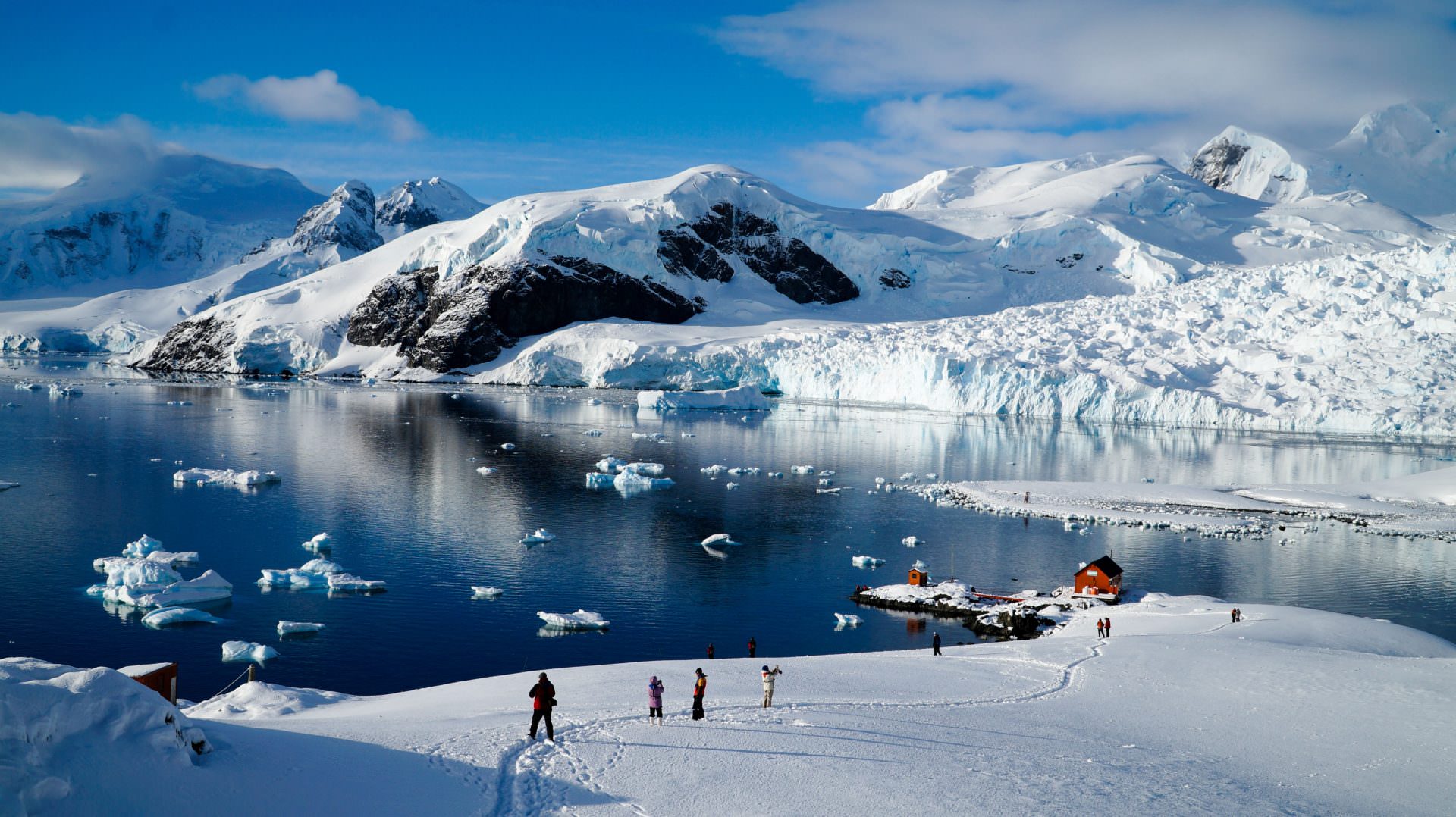
The moment you first step onto Antarctic soil is like entering another world — one that defies comparison or expectation. As the Zodiac approaches the rocky landing site, your senses sharpen. The air is cold and crisp, charged with the sound of shifting ice, distant seabird cries, and the soft slap of waves against the rubber hull. There’s a hush among your fellow travellers — a quiet reverence that comes with realising you’re about to stand on the last great wilderness of Earth.
Landing in Antarctica is not a passive activity. It’s a logistical dance executed with precision and care by your expedition team. You swing your legs over the side of the boat, wade ashore in waterproof boots, and suddenly you’re there — standing where few have before. The snow crunches underfoot with a satisfying crispness. You take a moment, not just for photos, but to absorb the vastness.
The landscape is stark and overwhelming. Ice cliffs loom above rocky beaches, their faces etched by wind and time. Penguins waddle nearby, unbothered by your presence, your guide, perhaps a marine biologist or glaciologist, interprets the scene with quiet authority. They point out skua nests hidden among rocks, explain the age of a glacier’s blue ice, or highlight the unusual silence of an Antarctic summer day.
It’s these moments — stepping off the boat, meeting wildlife eye-to-eye, touching ancient ice — that define an Antarctic landing. And they stay with you long after you’ve returned to your ship. You become part of a very small group of people who have experienced this corner of the planet firsthand. More than the destination, it’s the privilege of presence that defines the journey.
These landings aren’t about ticking off sights. They’re about immersion — about allowing Antarctica to reveal itself, slowly and meaningfully. And for many, that first step becomes a threshold into a new way of seeing the world.